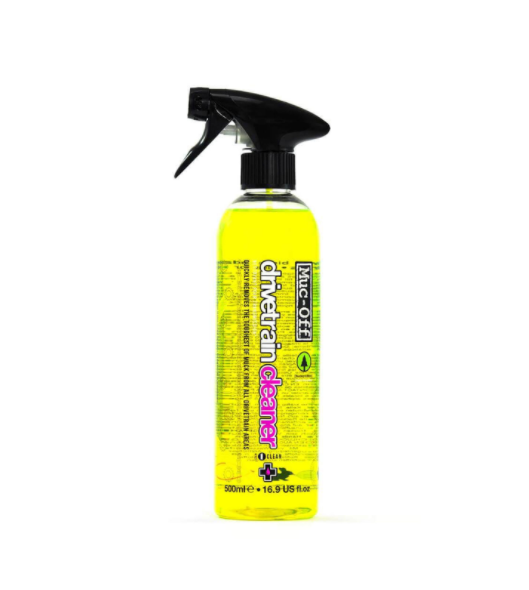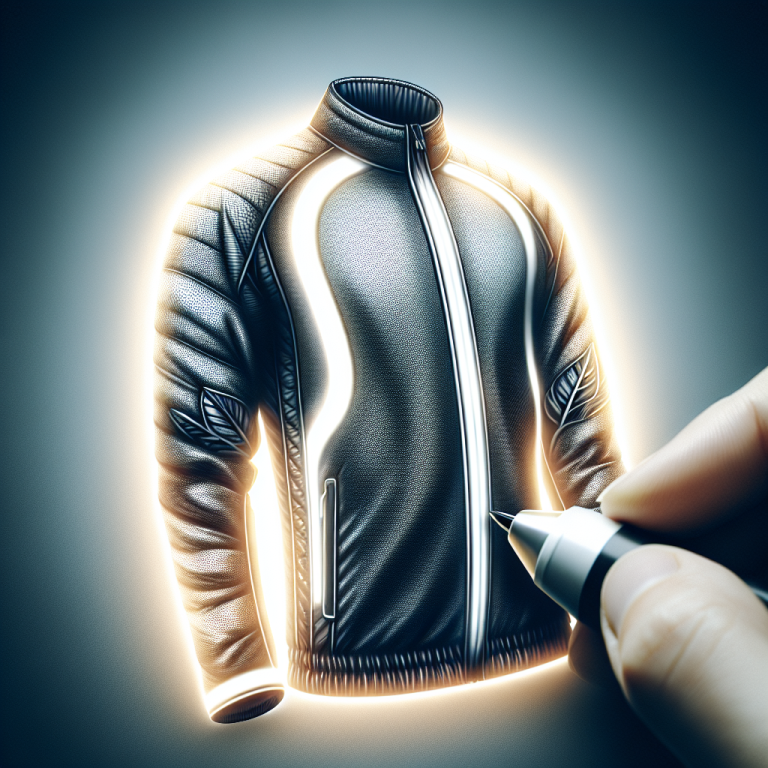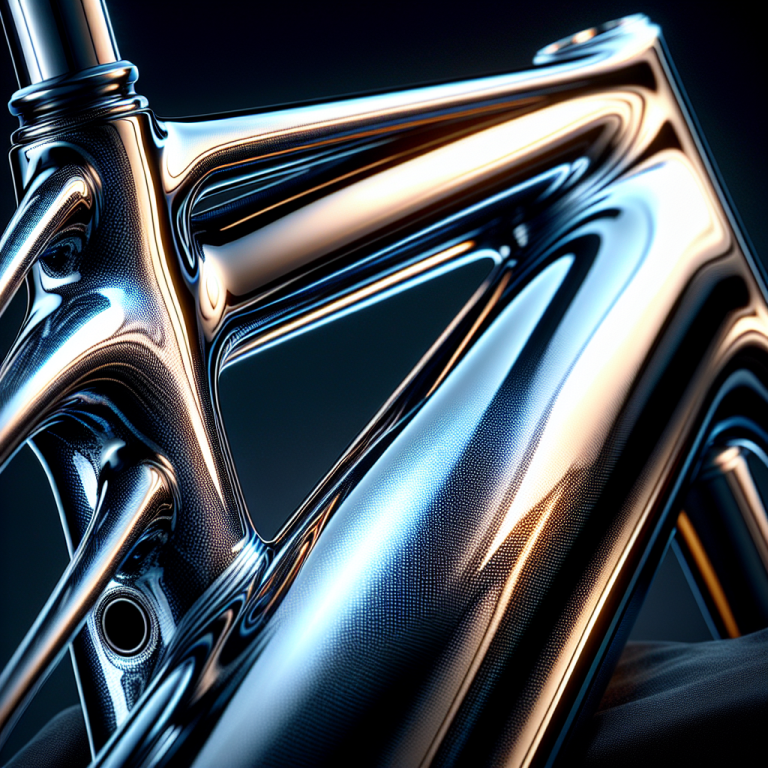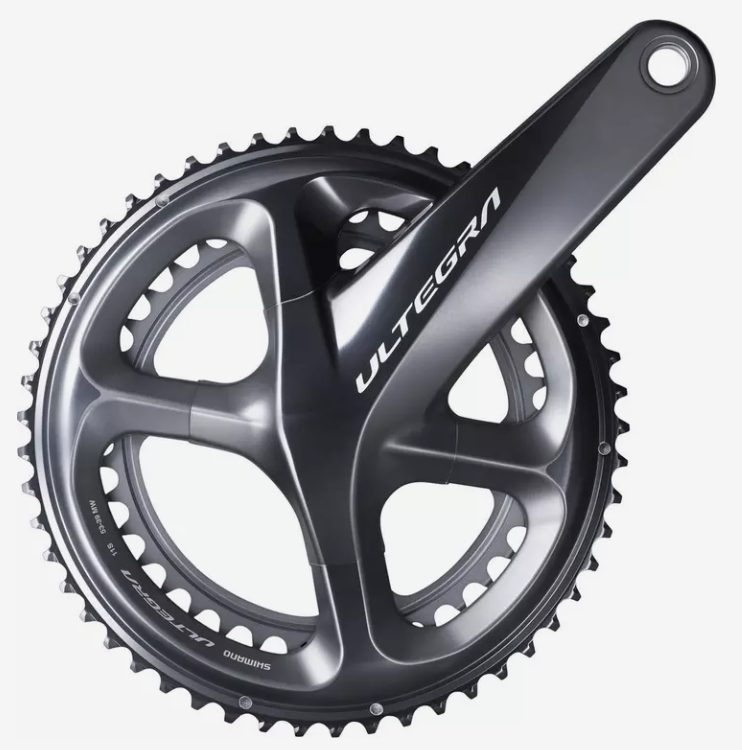Maintaining your bike’s chainset is essential for ensuring a smooth and efficient ride. But how often should you clean and maintain it? In this article, we will explore the importance of regular chainset maintenance and provide you with some guidelines on how frequently you should take care of this crucial component of your bike. So, grab your bike and let’s dive into the world of chainset maintenance!
Table of Contents
ToggleWhy is cleaning and maintaining your bike’s chainset important?
Cleaning and maintaining your bike’s chainset is crucial for several reasons. First and foremost, a clean and well-maintained chainset ensures smooth and efficient gear shifting, allowing you to ride your bike with ease. Regular maintenance also extends the lifespan of your chainset, preventing premature wear and tear and minimizing the need for costly repairs or replacements. Additionally, a clean chainset reduces the risk of rust and corrosion, which can negatively impact the overall performance and aesthetics of your bike. Overall, investing time in cleaning and maintaining your chainset will contribute to a safer, more enjoyable, and longer-lasting cycling experience.
Factors that determine how often to clean and maintain your chainset
To determine how often you should clean and maintain your chainset, several factors come into play:
Frequency of use
The more often you ride your bike, the more frequently you’ll need to clean and maintain your chainset. If you’re an avid cyclist who rides daily or multiple times a week, you’ll likely need to perform maintenance more frequently than someone who rides less often.
Riding conditions
Riding in different conditions can significantly impact the cleanliness of your chainset. If you frequently ride in muddy, dusty, or wet conditions, your chainset will accumulate dirt and debris more quickly, requiring more frequent cleaning. On the other hand, if you primarily ride in dry and clean environments, you may be able to go longer between maintenance sessions.
Type of lubricant used
The type of lubricant you use on your chainset can also affect how often it needs cleaning. Some lubricants attract more dirt and grime than others, leading to a faster buildup of debris on your chainset. Water-repellent or dry lubricants tend to stay cleaner for longer, while wet lubricants may require more frequent cleaning.
Type of chainset
Different types of chainsets may require different cleaning and maintenance schedules. Single-speed or internally-geared chainsets often experience less wear and require less maintenance compared to multi-speed chainsets. Additionally, more intricate or high-performance chainset systems may need closer attention and care.
Environmental conditions
Lastly, environmental conditions can play a role in determining how often you should clean and maintain your chainset. If you live in a coastal area with high salt content in the air, your chainset may be more prone to corrosion and require more frequent cleaning. Similarly, if you frequently ride in extremely hot or cold conditions, the performance of your chainset may be affected, necessitating more regular maintenance.
Signs that indicate it’s time to clean and maintain your chainset
While it’s important to establish a regular maintenance routine, there are also specific signs that indicate it’s time to clean and maintain your chainset. These signs include:
- Visual dirt and grime: If your chainset appears visibly dirty or covered in grime, it’s a clear indication that a thorough cleaning is required.
- Difficulty shifting gears: If you find it increasingly challenging to shift gears smoothly and accurately, it may be due to a dirty or poorly maintained chainset. Cleaning and lubricating the chainset can help restore proper functioning.
- Increased chain noise: If you notice an increase in chain noise or a grinding sound while pedaling, it may be a sign of a dirty or dry chainset. Cleaning and lubricating the chainset can help reduce friction and noise.
- Chain skipping or slipping: If your chain skips or slips when you apply pressure to the pedals, it typically indicates an issue with the chainset. Regular maintenance, including cleaning and lubricating, can help address this problem.
- Rust or corrosion: If you notice any signs of rust or corrosion on your chainset, immediate attention and cleaning are necessary to prevent further damage and ensure optimal performance.
Recognizing these signs and addressing them promptly will help maintain the longevity and performance of your chainset.
Steps to clean and maintain your chainset
To effectively clean and maintain your chainset, follow these step-by-step instructions:
Gather the necessary tools and supplies
Before starting, gather the following tools and supplies:
- Bike chain cleaning tool
- Chain lubricant
- Degreaser or mild detergent
- Brush (e.g., toothbrush or dedicated chain cleaning brush)
- Clean rags or paper towels
Having these items readily available will make the cleaning process more efficient.
Preparation before cleaning
Start by preparing your bike for cleaning. Shift the chain onto the smallest chainring and smallest rear cog to create slack in the chain, making it easier to access and clean. If your bike has a derailleur, engage the derailleur clutch or use a rubber band to secure it in place, preventing it from moving while cleaning.
Cleaning the chainset
Apply the degreaser or mild detergent onto the chainset, focusing on the chainrings, chain, and cassette. Use the brush to scrub away any dirt, grease, or debris clinging to the chainset components. Pay special attention to hard-to-reach areas such as the derailleur pulleys and the cassette teeth. Continue scrubbing until the chainset appears clean and free of grime.
Lubricating the chainset
After cleaning, rinse off the degreaser or detergent from the chainset using clean water. Once dry, apply a suitable lubricant to the chain, ensuring it penetrates into the chain’s links and rollers. Allow the lubricant to sit for a few minutes to ensure complete penetration and optimal performance.
Wiping off excess lubricant
After applying the lubricant, use a clean rag or paper towel to wipe off any excess lubricant from the chainset. Removing excess lubricant helps prevent dirt and debris from sticking to the chain, keeping it cleaner for longer.
Final inspection and reassembly
Inspect the chainset for any remaining dirt, debris, or grease. If necessary, use the brush or a clean rag to clean any missed spots. Once you’re satisfied with the cleanliness of the chainset, reassemble any parts you may have removed during the cleaning process.
Tips and best practices for cleaning and maintaining your chainset
To ensure effective and efficient cleaning and maintenance of your chainset, consider the following tips and best practices:
Using a chain cleaning tool
Investing in a chain cleaning tool can greatly simplify the cleaning process and ensure a thorough clean. These tools typically have brushes and compartments for degreaser, allowing for easy and efficient cleaning of the chain.
Avoiding excessive use of water
While it’s essential to use water for rinsing off degreaser or detergent, avoid excessive use of water directly on the chain and other sensitive components. Excessive water can lead to rust and damage if not thoroughly dried, so use water sparingly and dry the chainset thoroughly after cleaning.
Inspecting the chain regularly
Regularly inspecting your chain allows you to detect any signs of wear, stretching, or damage. Use a chain wear indicator tool or simply measure the length of several links to determine if your chain needs replacing.
Changing the chain regularly
Chains wear over time, and a worn-out chain can accelerate the wear of other chainset components. As a general guideline, consider replacing your chain every 1,500 to 2,500 miles or when it shows signs of significant wear.
Choosing the right lubricant
Selecting the correct lubricant for your chainset is essential. Consider factors such as riding conditions, weather, and personal preferences when choosing the lubricant. Consult with a bike shop expert or refer to the manufacturer’s recommendations for guidance.
Common mistakes to avoid when cleaning and maintaining your chainset
To ensure your chainset receives proper care, here are some common mistakes to avoid:
Using the wrong type of lubricant
Using an incorrect or incompatible lubricant can lead to poor performance and accelerated wear. Make sure to choose a lubricant specifically designed for bicycle chains, considering the anticipated riding conditions.
Using too much or too little lubricant
Applying an excessive amount of lubricant can attract more dirt and debris, leading to a faster buildup and the need for more frequent cleanings. Conversely, using too little lubricant can result in inadequate protection and increased wear. Follow the lubricant manufacturer’s instructions regarding the appropriate amount to use.
Not cleaning the chainrings and cassette
Neglecting to clean the chainrings and cassette can impede the overall performance and effectiveness of your chainset. These components accumulate a significant amount of dirt and grime and should be thoroughly cleaned along with the chain to ensure optimal functioning.
Neglecting to monitor chain wear
Regularly checking the wear of your chain is crucial to maintaining the health of your chainset. Ignoring signs of wear or delaying chain replacement can lead to premature wear of other components, potentially resulting in more extensive repairs.
Frequently asked questions about cleaning and maintaining chainsets
How often should I clean my chainset?
The frequency of cleaning depends on various factors such as frequency of use, riding conditions, and weather. As a general guideline, aim to clean your chainset every 100 to 200 miles or more often if it becomes visibly dirty.
Can I use any type of lubricant on my chainset?
No, it’s important to use a lubricant specifically designed for bicycle chains. These lubricants offer the right consistency and long-lasting protection for your chainset.
What can I do to prevent rust on my chainset?
To prevent rust, ensure your chainset is thoroughly dried after cleaning, especially if you’ve used water. Additionally, apply a suitable lubricant to create a protective barrier against moisture and rust.
Should I clean my chainset if it’s not visibly dirty?
Yes, even if your chainset appears clean, it’s still beneficial to regularly clean and lubricate it to ensure optimal performance and prolong its lifespan.
Do I need any special tools to clean my chainset?
While not essential, specific tools such as a chain cleaning tool and a chain wear indicator can greatly simplify and enhance the effectiveness of cleaning and maintaining your chainset. These tools are worth considering for a comprehensive maintenance routine.
Conclusion
Regularly cleaning and maintaining your bike’s chainset is a vital aspect of bike maintenance. By following proper cleaning procedures and paying attention to signs of wear and tear, you’ll ensure smooth gear shifting, extend the lifespan of your chainset, and enhance your overall cycling experience. Remember to establish a cleaning schedule based on factors such as frequency of use, riding conditions, and the type of lubricant used. With consistent and proper care, your chainset will remain in top condition, providing you with countless enjoyable rides.







